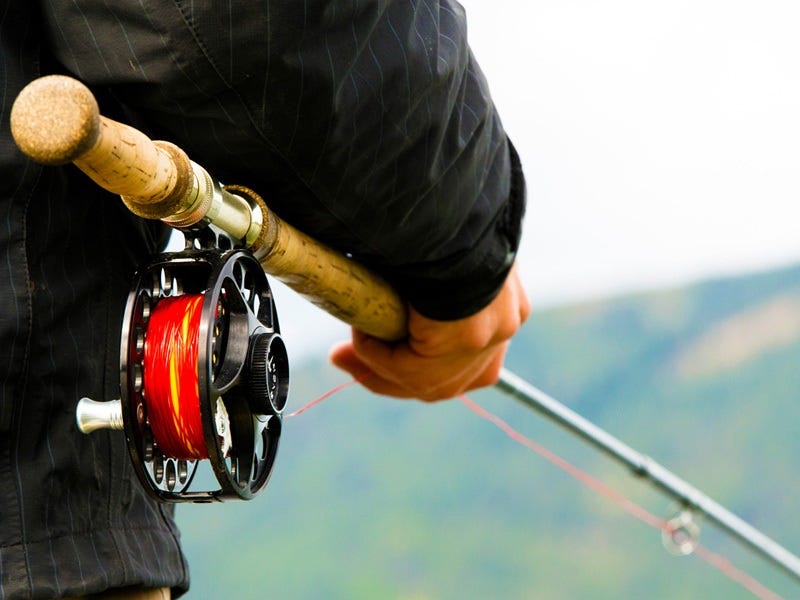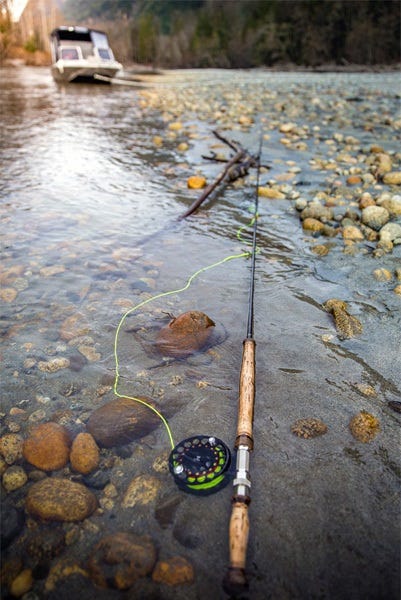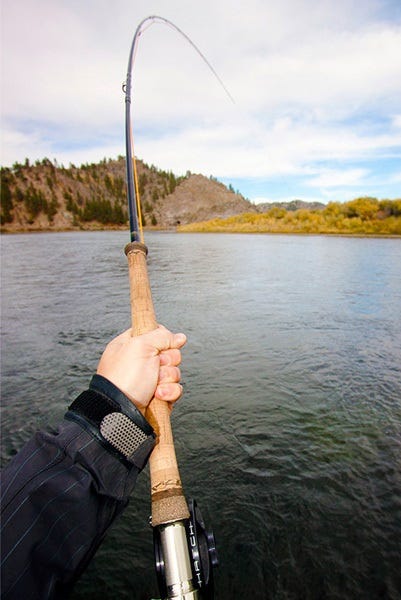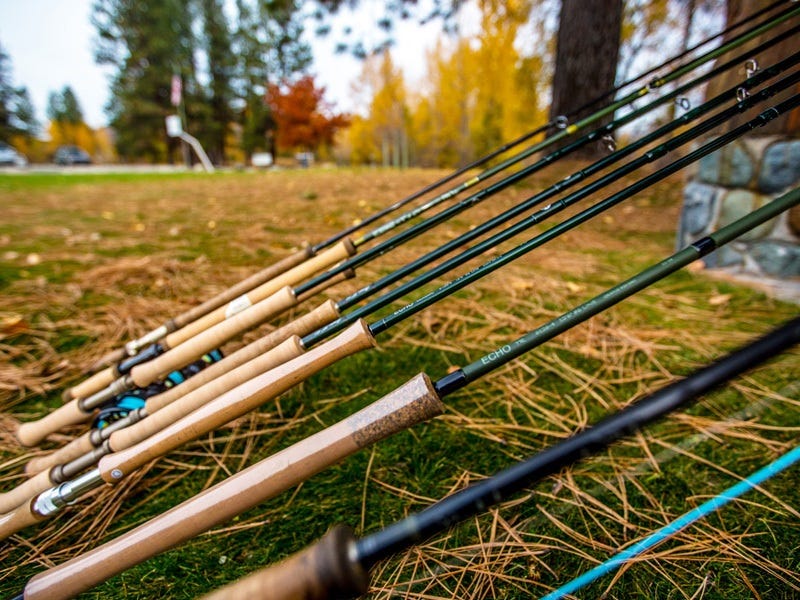How Not to Break Your Fly Rod

I will admit it. I have broken many fly rods. I’ve crushed tips with power windows and ceiling fans. I’ve slammed rods into doors. I’ve tumbled down steep banks with bad results to the rods and my body. I’ve broken them against fish, snags and all manner of obstruction. I’ve double hauled them into 5 pieces. However, one thing I’ve learned from all these bad examples is that it’s always been my fault.

I hear it time and time again: "I was casting and it just broke," or, "I hooked a fish and it just broke." Generally speaking, fly rods don’t just break. There is an event leading to the breakage.
Often the event is a severe shock to the rod. This can come from pulling on a snag incorrectly, slapping the rod against an object while casting, smacking the rod with the fly or line while casting or severely bending the rod against a fish. Often times, the event leading to the break happens before the break occurs. When the breakage actually occurs, the angler does not always correlate the previous transgression to the present moment of dysfunction.
Dealing with a Snag
When pulling on a snag, anglers frequently jerk violently against the rod. This serves little purpose other than to stress the rod. Just ask my wife. Stress is bad. A few tugs or better yet, a roll cast applied to push the line in the opposite direction of the snag is the best way to start. Then a static pull on the line with the rod pointed directly at the snag is the final step. Put all the stress on the line and none against the rod. Sometimes the static pull will bend the hook or tear it free. If the line breaks, then at least there was no unnecessary strain placed on the fly rod.
When pulling to break a line or dislodge a hook, make sure to maintain some distance from the snag. I’ve seen strike indicators ping back and break rod tips. I’ve seen flies ping back and break rod tips. I’ve even seen fly lines recoil with enough force to break rod tips. Make sure to give yourself a buffer between the snag and the rod tip. If possible, keep some line in the water to absorb the energy of the release. Better yet, just grab the fly line and pull by hand, removing the rod from the entire equation.

Lubricate your Ferrules
If the ferrules are not properly seated when a severe shock happens, the problem is compounded. A powerful casting stroke with a loose ferrule can cause a breakage or at the very least, begin to create stress cracks. Often when playing a fish or jerking against a snag, the rod will seem to "just break". The damage was already done and the break was just waiting for a little more strain to ruin your day.
Rub a little paraffin or Grafitolin Ferrule Wax around the male ferrule. Twist the sections together starting at 90 degrees, gently pushing together while aligning the guides. A properly seated ferrule will spread the load through the rod the way it was designed to do. Now the rod won’t "just break" without a major transgression.

The Taco Effect
I love tacos. I don’t like seeing my fly rod look like one. While guiding in Alaska, this was an all too common event. Angler has big fish momentarily laid up close to the boat. The fish is just toying with them. Rod is held high. Guide is occupied with another angler’s fish. Fish wakes up and lunges straight under the boat. The rod briefly looks like a taco, before exploding in the middle.
Rods are designed to bend, but only to a point. Round is good. Taco is bad. Every rod has a maximum load level. It’s best not to try and find it. When a fish dives, lower the rod with the dive, putting the stress on the line and the butt of the rod only. The same thing applies when lifting a fish. A steep angle and high rod tip equals little pressure on the fish, but lots of strain in a sensitive section. It "just broke" again.
The best way to lift a fish is to raise your hands above your shoulders while keeping the rod at no more than a 45 degree angle. This puts the pressure on the butt of the rod and puts more pressure against the fish. If the fish lunges, no problem. At this angle, the rod can take it and your arms will naturally get pulled downward, absorbing the shock.
The 5 Weight Mistake
Once in awhile, we all end up attached to a fish that’s larger than our intended tackle is designed to withstand. No problem. If you hook a large fish on a light rod, just don’t bend it too much. Use every bit of your tippet strength and pull mostly against the line. When the fish runs, raise the rod and let them go. Use the rod only as a cushion against head shakes, jumps and thrashing. When the fish settles down, pull against the line and put maximum pressure on the fish by using only the butt of the rod and all of the leader’s strength.
There will be lots of give and take, but be patient and pull with every bit of power when you can. It’s far better to have a story about landing that thirty incher on a five weight than another "I hooked a huge fish that broke my rod and got away" story.
If you want to avoid that whole fiasco^, then check out our selection of rods we have online here. (Including every Winston rod on the market, too)

Keep it in the Case
Fly rods almost always come with a case. The case is designed to protect the rod when you are not fishing with it. I seldom use the case unless I’m traveling. I keep my rods strung together in the car or the boat 95% of the time. If not in the car, they are in two pieces in the garage or the house, ready to go at a moment’s notice. It saves me time, but has led to some pet related mishaps and that’s on me. You should probably protect your rod by keeping it in a protective case.
Love your Fly Rod
I love fly rods. I hate breaking them and seeing them broken by others. Respect the rod. Use it in the way it was intended. Avoid shocks. Keep your ferrules waxed and well connected. Avoid the taco. Don’t bend it too sharply. Play it safe with storage in the case or a suitable location buffered from pets and falling objects. Your fly rod will serve you with many happy hours on the water.
This article is from our free October 2016 eMag, to access the full issue, click here.
